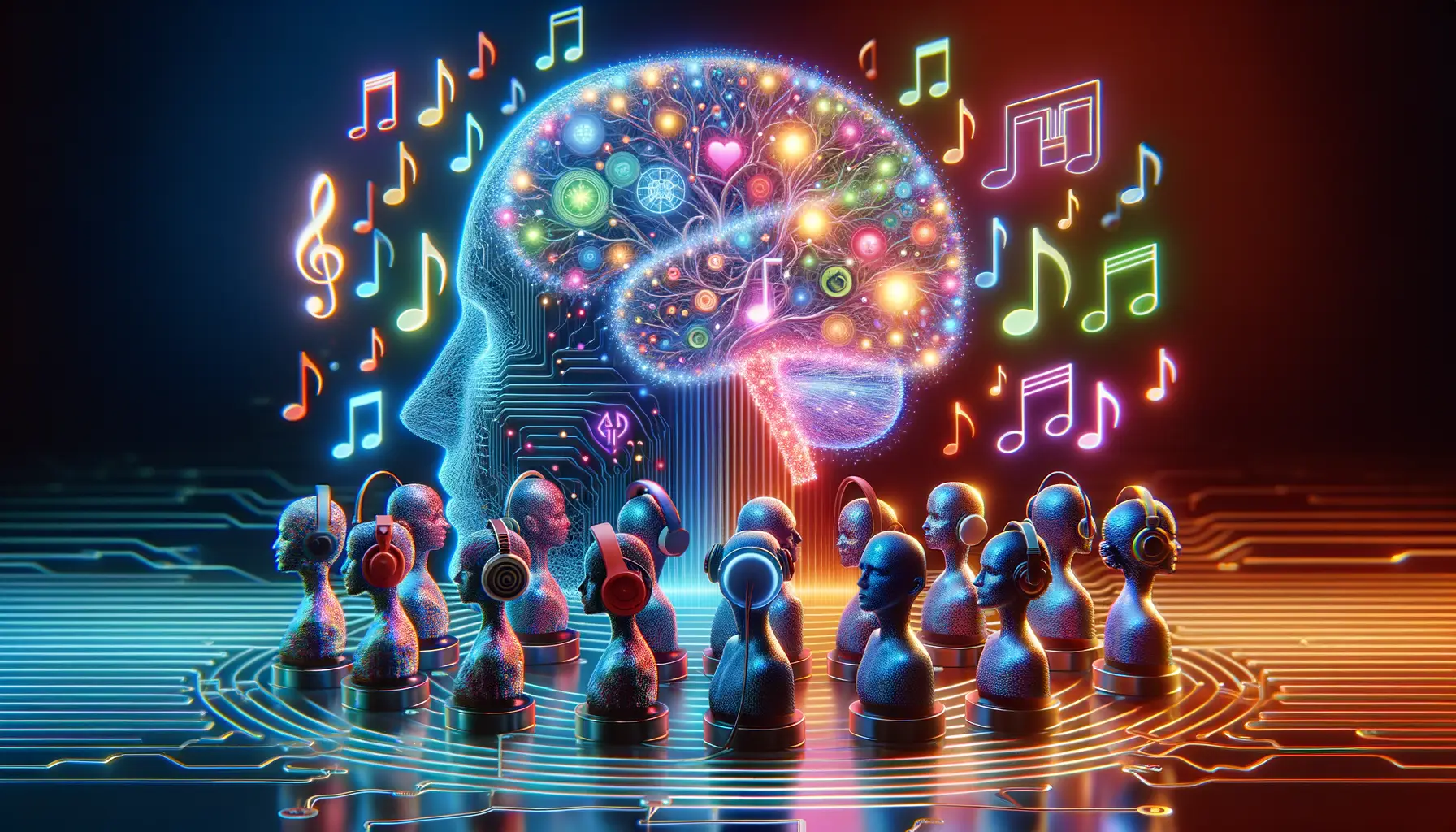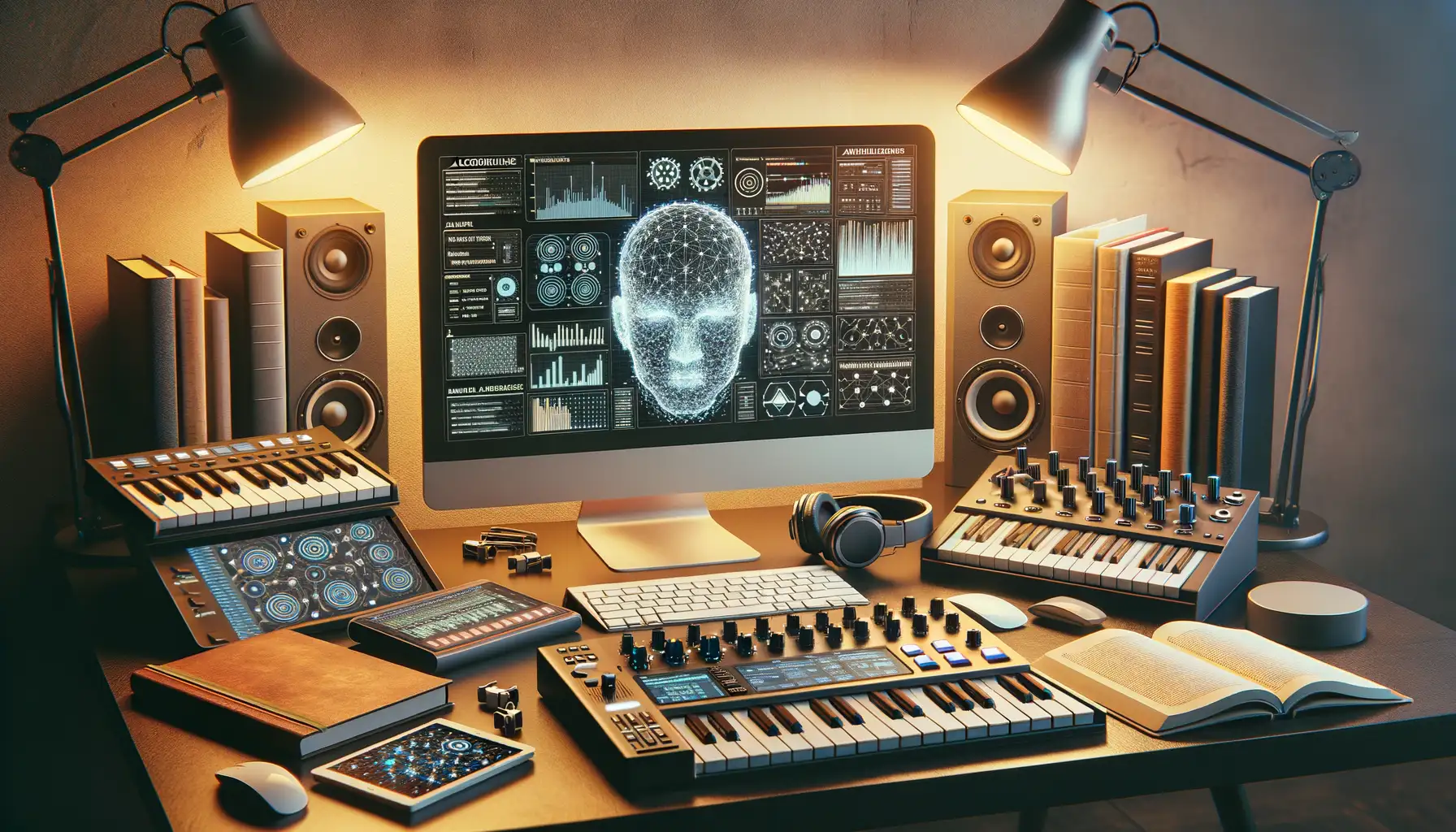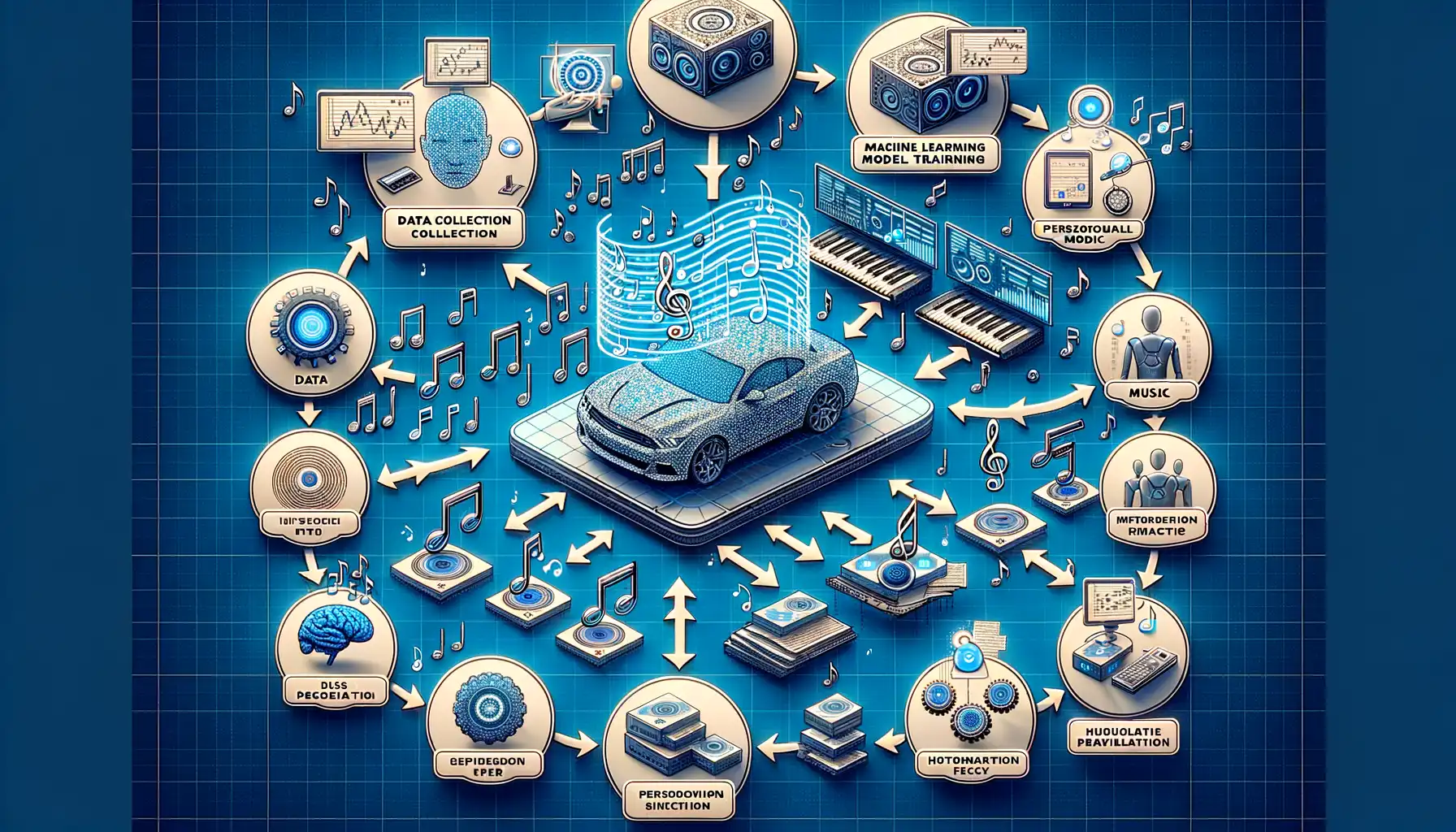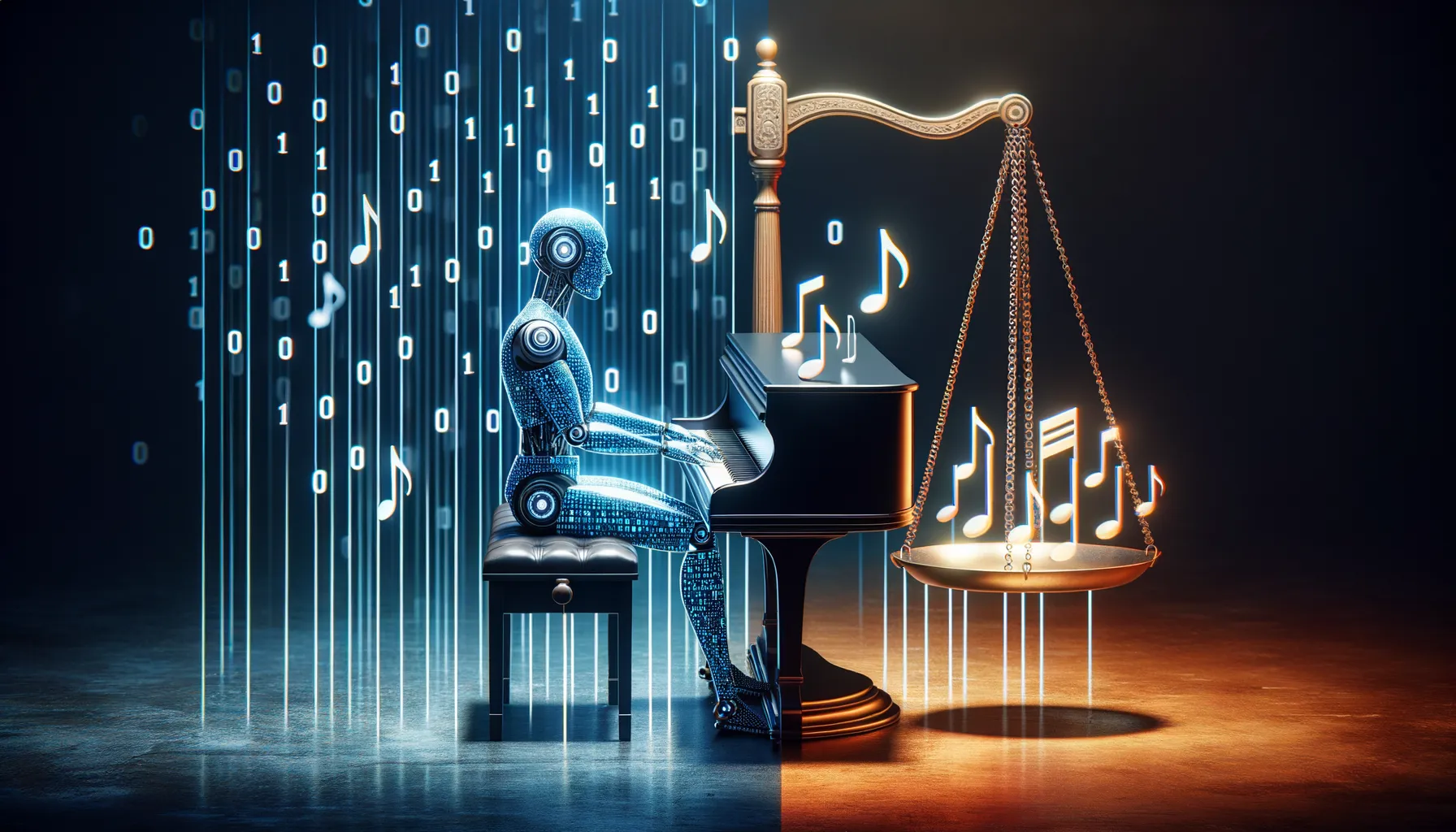Understanding Hyper-Personalized Music Content
What Makes Music Feel Like It Was Made Just for You?
Imagine pressing play on a song that feels as though it’s whispering your story back to you. That’s the magic of hyper-personalized music content. It’s not just playlists based on your genre preference. No, this goes deeper—like crafting a soundtrack for your soul.
At its heart, hyper-personalization leverages your unique tastes, mood shifts, daily routines, and even those quirky guilty pleasures you think no one knows about (we see that K-pop/classic rock mix, don’t worry). It’s about digging into how you connect with music: Is it the lyrics that resonate? A specific chord progression? Or maybe it’s a tempo that mirrors your heartbeat during a workout.
The Secret Ingredients to Personalization
Creating this almost-eerie level of relevance requires blending data with creativity. Here’s where the magic happens:
- Behavioral insights: How, when, and where you listen paints the picture. Morning jazz? Late-night EDM? It all matters.
- Emotional mapping: AI can analyze sentiment from a lyric that makes you cry or beats that pump you up.
- Cultural curation: From life experiences to regional trends, it all shapes your sonic preferences.
Think of it like a bespoke suit for your ears. This isn’t one-size-fits-all; it’s music tailored to your life’s highs, lows, and in-betweens.
The Role of AI in Music Personalization

Transforming How We Experience Music
Imagine a world where every song feels tailor-made for your soul. That’s the magic of AI in music personalization. It’s not just about recommending playlists anymore—AI dives into the depths of your habits, emotions, and even the time of day to craft the perfect soundtrack for your life. Ever noticed how Spotify’s Discover Weekly can read your mind? That’s thanks to robust machine learning tools analyzing your streaming patterns, blending them with millions of other listeners.
Behind the scenes, AI works like a DJ who never gets tired. Here’s what it does:
- It studies your listening history to understand your preferences—lively beats for workouts or soothing acoustics for rainy mornings.
- AI analyzes the energy, tempo, and emotion in tracks to predict what matches your mood.
- It even considers context: are you at work or taking a midnight stroll?
Why It Feels So Personal
It’s all about connection. When you hear a song and think, “This was made for me,” that’s no accident. Platforms like Pandora use algorithms that mimic human intuition, comparing thousands of attributes—melody, lyrics, instruments. Suddenly, your playlists feel less like code and more like conversations. And honestly? That’s the magic touch we all crave in a noisy digital world.
Tools and Technologies for AI-Driven Music Creation

Innovative Tools for Crafting AI-Infused Music
Step into the future of music production where algorithms meet artistry! Today’s tools for AI-driven music creation don’t just assist—they *collaborate*. Imagine featuring an ensemble of digital composers in your studio, ready to shape sounds at the click of a button. Some of the standout technologies include:
- Amper Music: This intuitive platform allows you to design custom tracks by simply selecting mood, style, and length. It’s like having a creative partner who *never* runs out of inspiration.
- Aiva: Harness the brainpower of AI trained on centuries of classical compositions to generate anything from cinematic scores to calming piano melodies.
- Endlesss: Perfect for spontaneous jam sessions, this app lets you collaborate musically with creators worldwide—AI fills in the gaps like an ever-ready session musician!
The Tech Behind the Magic
What’s under the hood of these miraculous tools? At the heart lies technology like deep learning algorithms and neural networks, which analyze patterns from vast musical datasets to generate original compositions. But here’s the real kicker: platforms like Magenta (by Google) even offer open-source possibilities, letting you wield their power to create entirely bespoke projects.
As I see it, these technologies don’t just help; they invite us to question the boundaries of creativity itself. Who knew machines could improvise jazz riffs or mimic the melancholic tinge of an old vinyl record?
Steps to Creating Hyper-Personalized Music with AI

Start with the Listener: Define Their Unique Soundtrack
Creating hyper-personalized music is like crafting a bespoke suit—it all starts with knowing who it’s for. Use AI to dig deep into preferences, habits, and emotions. Platforms like Spotify’s API or OpenAI’s music tools allow you to analyze listener data. Think: what makes their heart skip a beat? Is it lo-fi beats on rainy mornings or upbeat indie tracks for their gym sessions?
Here’s where you can get creative:
- Analyze listening history (tempo, genres, instruments).
- Map mood shifts with time of day or activity.
- Combine survey results with AI-driven sentiment analysis.
This step is like setting the stage—understand the vibe before hitting “compose.”
Compose & Layer: Bring the Vision to Life
Once you’ve got the listener’s essence, it’s time for the magic. AI tools like AIVA or Amper Music act as your co-producer. Begin with melody generation, but don’t stop there! Blend in personalized touches—a hint of their favorite genre or a tempo they subconsciously gravitate towards.
Picture creating a cinematic score for their life: add soft piano loops for introspection or bold synths for motivation. Test it against their vibe data, tweak it, and layer sounds until it feels just right. It’s not just a song; it’s *their* story in sound.
Future Trends and Ethical Considerations in AI Music

Shaping the Sound of Tomorrow
Artificial intelligence isn’t just remixing tracks—it’s rewriting the playbook of music creation. Imagine algorithms that can predict trending melodies before they even hit the charts, or AI tools that compose original scores based on your most-streamed tracks last year. These aren’t sci-fi fantasies; they’re the exciting possibilities already unfolding today.
But the future of AI in music doesn’t stop at personalization. AI innovations could transform how live performances feel, offering interactive concert experiences where the music adjusts in real-time to audience emotions. Picture a world where your favorite band’s setlist evolves mid-performance because the crowd’s energy ramped up after hearing *that* guitar solo.
- AI-generated genres: Styles of music created solely by algorithms, blurring the boundaries of traditional genres.
- Collaborative AI artists: Imagine teaming up with an AI to co-create a song that feels uniquely “you.”
The Humanity Factor in an AI-Driven Music World
As thrilling as this tech revolution is, there’s a flipside we can’t ignore. Who owns a piece of art created by an algorithm? Does an AI composition have the same soul as something written during a sleepless night with just a guitar and notebook? These questions stir debates in both creative and ethical spheres.
Another key consideration: the potential risks of hyper-personalization. If algorithms exclusively churn out tracks tailored to one listener, does that leave collective cultural moments—those unforgettable songs that unite strangers in a crowd—out in the cold?
The path ahead calls for balance. Creators, listeners, tech innovators—we all carry the responsibility of ensuring that music, even when powered by advanced AI, stays rooted in what’s made it magical for centuries: its power to connect us.
